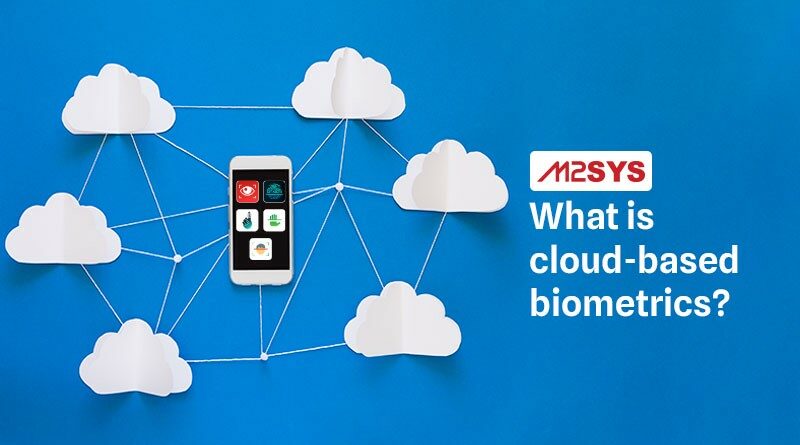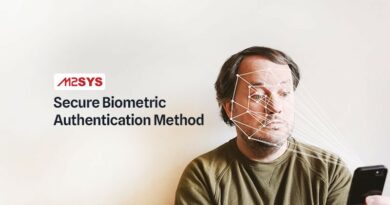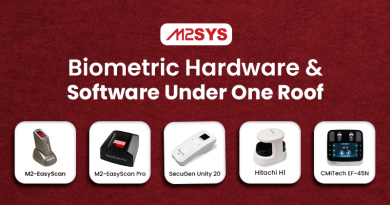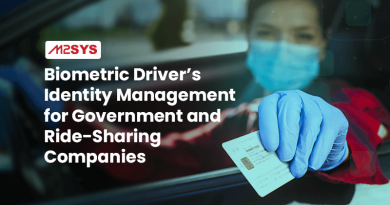What is a Cloud-Based Biometric Solution and How Does It Work?
Cloud-based biometric authentication is becoming more common in cloud services, owing to the fact that biometric credentials are more difficult to breach than standard password-based verification. Because of challenges with permit deployment, cloud-based biometrics deployment is becoming increasingly popular. Cloud-based biometric solutions such as CloudABIS are projected to dominate the biometric sector in the next years. In this article, we will go over all you need to know about cloud-based biometrics.
What is cloud-based biometrics?
Cloud-based biometric solutions authenticate and grant access to users by using an image or template of uniquely human traits such as fingerprints, facial recognition, iris recognition, and others. At registration, a user must enter a single or many biometric features that will be saved as templates on the cloud’s server. The most impressive feature of cloud-based biometrics is that it encrypts the fingerprint templates and images provided by the user each time they want to verify their identity.
The cloud-based solution allows you to use shared adjustable resources such as storage, networks, servers, services, and applications on-demand, effortlessly, and from any location. Many firms are migrating and integrating their biometric identification management systems into the cloud due to the multiple benefits that cloud platforms provide. Cloud biometrics are easier to adopt than on-premises biometric solutions. With API integration, the cloud-based biometrics solutions can easily be linked with any existing web or desktop application. M2SYS’ CloudABIS is a cloud-based biometric solution designed to make biometric services more affordable and accessible.
How biometric cloud solutions work
One of the key reasons for biometric authentication’s efficacy is that it is based on each person’s unique human traits. Biometric technology makes use of distinguishing characteristics such as fingerprints, facial recognition, and iris recognition. The cloud is used for security reasons, as hacking a cloud-based solution is a difficult operation. Biometric solutions use face recognition, fingerprint recognition, and other modalities.
The fingerprint, on the other hand, is more widely used. One should be aware that biometric authentication started with fingerprints, and as technology evolved, face recognition became a part of biometric authentication as well. Fingerprints have ridges and valleys that are unique to each individual, which is why they were the first method of authentication used in biometric authentication. Multimodal biometric authentication is becoming more widespread as a result of cloud-based biometric systems such as CloudABIS. The cloud-based biometric solution works in three easy steps:
-
Integration:
If you wish to integrate biometric technology into an existing system, you must first integrate Web API. CloudScanr SDK may be used to employ a biometric capturing tool. Once the application is ready, you can start enrolling users.
-
Enroll:
You must enroll the user into the system using a biometric scanner device, depending on the modality you have chosen. The biometric data will be captured by the device and stored in the cloud. The information will be encrypted and stored securely in the cloud.
-
Verify:
After being enrolled in the system, the user can be verified using the modality they choose throughout the enrollment process.
This is how simple cloud biometrics is, and you don’t require enormous infrastructures or maintenance expenditures to run the system. Let’s have a look at some of the benefits of employing cloud biometric services.
Advantages of cloud-based biometrics
The cloud biometric system provides significant advantages over on-premise deployment. You no longer need to carry a large amount of data on your back because it is all safely saved in the cloud. Here are some other advantages of employing cloud-based biometrics:
-
Secure:
Threats on the device do not affect cloud-based biometric identification or execution. The device acts as a conduit or facilitator for hardware-independent biometric processing. The device’s security is handled by the cloud. Biometric identification technology in the cloud is more difficult for an attacker to reverse-engineer than on-device verification.
-
Scalable:
When adopting a cloud-based solution, scaling the service based on demand is simple. It makes no difference what size user you are when using CloudABIS. You can easily start with just 10 users and scale up as your activities expand.
-
Cheapest:
Cloud-based biometrics is the most cost-effective alternative because it does not require any technical infrastructure to operate. Because everything is housed and handled in the cloud, there are no maintenance costs.
Biometric implementation was a difficult task a few years ago. Biometrics can now be utilized by anyone thanks to cloud-based biometric services. You can contact us if you wish to add biometric functionality to your application and facilitate API access.












Cloud-based biometrics enables organizations to acquire search and enroll capabilities without having to build those systems themselves. Organizations of all types can quickly add biometrics technology to existing processes quickly for use in their day-to-day identity management operations.